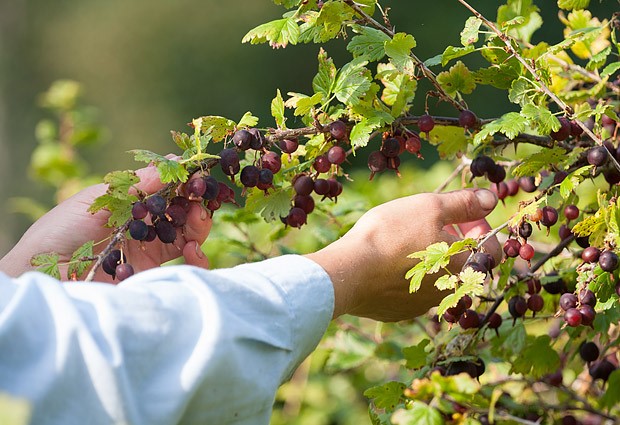
Gooseberries are unpretentious and require simple maintenance. One of the important events is top dressing of bushes after fruiting. In August, when the berries are already eaten, it is very important to fertilize and prepare the plant for wintering.
Content
Why feed the berry in August
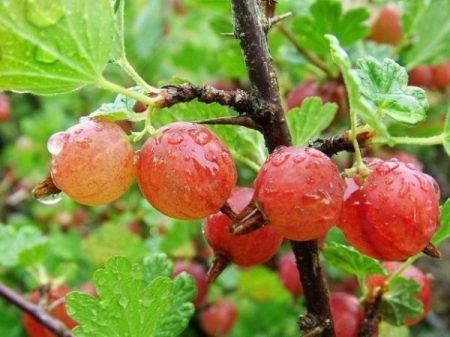
At the end of summer, gooseberries need special care. It is during this period that the foundation of the harvest for the next year is laid. In order to have time to carry out all activities for the care of frost, you need to start in August. Caring for the bushes after fruiting:
- weeding;
- removal of dry leaves from under the bush;
- top dressing;
- digging aisles;
- preventive treatment against diseases and insects;
- pruning
- mulching.
Fertilizers help the bushes maintain their health and develop properly. The effect of top dressing:
- phosphorus increases productivity;
- potassium - provides resistance to drought, frost resistance, increase immunity to fungal diseases.
Nitrogen fertilizers are not used, so as not to provoke the rapid growth of young shoots.
Types of fertilizers
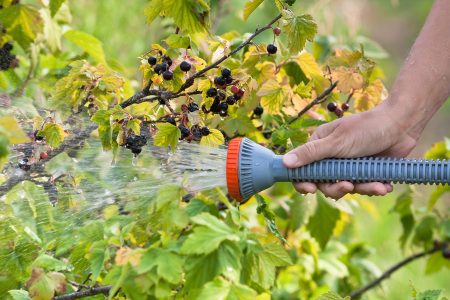
At the end of summer, bushes are fed with organic and mineral substances. Suitable fertilizers:
- superphosphate (up to 50 g);
- potassium chloride (up to 30 g);
- ash;
- humus;
- Mullein diluted in water (1: 5).
The amount of substance is increased if the soil has a neutral acidity. On acidic soils, lime or chalk is added.
How to cook and make
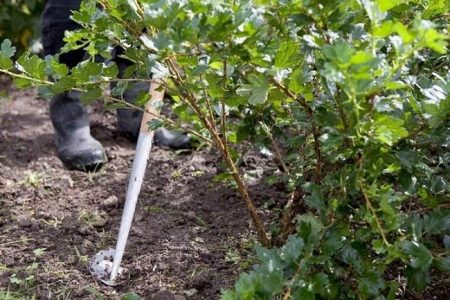
In August, after weeding and digging the soil, it is useful to feed the berries with potassium-phosphorus preparations. Names, proportions:
- potassium monophosphate - 50 - 80 g per 1 m2;
- potassium salt or potassium sulfate - 25 - 30 g per 1 m2;
- superphosphate and potassium sulfate - 1 tbsp. l on the bush;
- superphosphate and urea - 1 tbsp. l on the bush;
- superphosphate and potassium nitrate - 2 tbsp each. l on the bush.
Powder fertilizer is uniformly poured over the surface of the earth, then loosened and deepened by 8 cm.
After fertilizing with dry substances, the soil needs to be watered.
It is also useful to introduce wood ash (100 g per 1 sq. M.), Mullein, humus or peat (bucket per 1 bush) into the soil. Mullein fertilizer method:
- Dilute with water, in a ratio of 1: 1.
- Leave for 3-5 days in order for the mixture to ferment.
- Dilute with water (1: 1).
- Pour under the root at the rate of 10 liters per 1 plant.
After fruiting, it is recommended that the bushes be infused with infusion of grass (for example, nettles) or, dissolved in water, bird droppings. They carry out foliar treatment from pests and for the prevention of diseases.
To activate the plant's defenses before wintering, biohumus helps. It is diluted in water (1 glass of the drug: 10 liters of water), watered under the root.
Advice
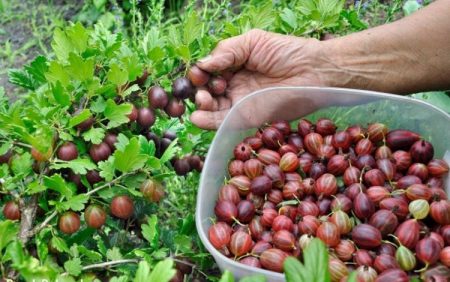
Experienced gardeners give the following recommendations for the care of gooseberries:
- From late September to mid-October, gooseberries can be abundantly watered without fear of young leaves.
- Before fertilizing, all old branches are pruned.
- After top dressing and preparation for winter, the ground at the base of the bush is mulched using overripe manure, matured humus or sawdust.
- In the northern regions, after fertilizing and mulching, the base of the plant is covered with agrotextile. Warming is removed in the early spring so that the earth warms up evenly.
- During feeding, it is important not to get on the leaves (this can cause the disease).
Conclusion
Feeding gooseberries in August is an important step in plant care. After fruiting, the foundation for the future harvest is laid. Therefore, so that the bushes do not hurt and bear fruit abundantly, you need to make purchased drugs and use alternative methods.

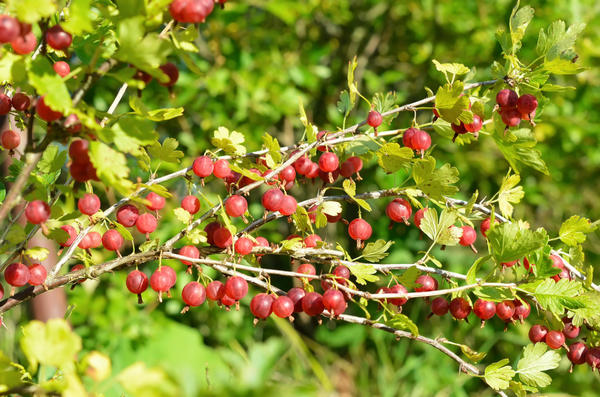
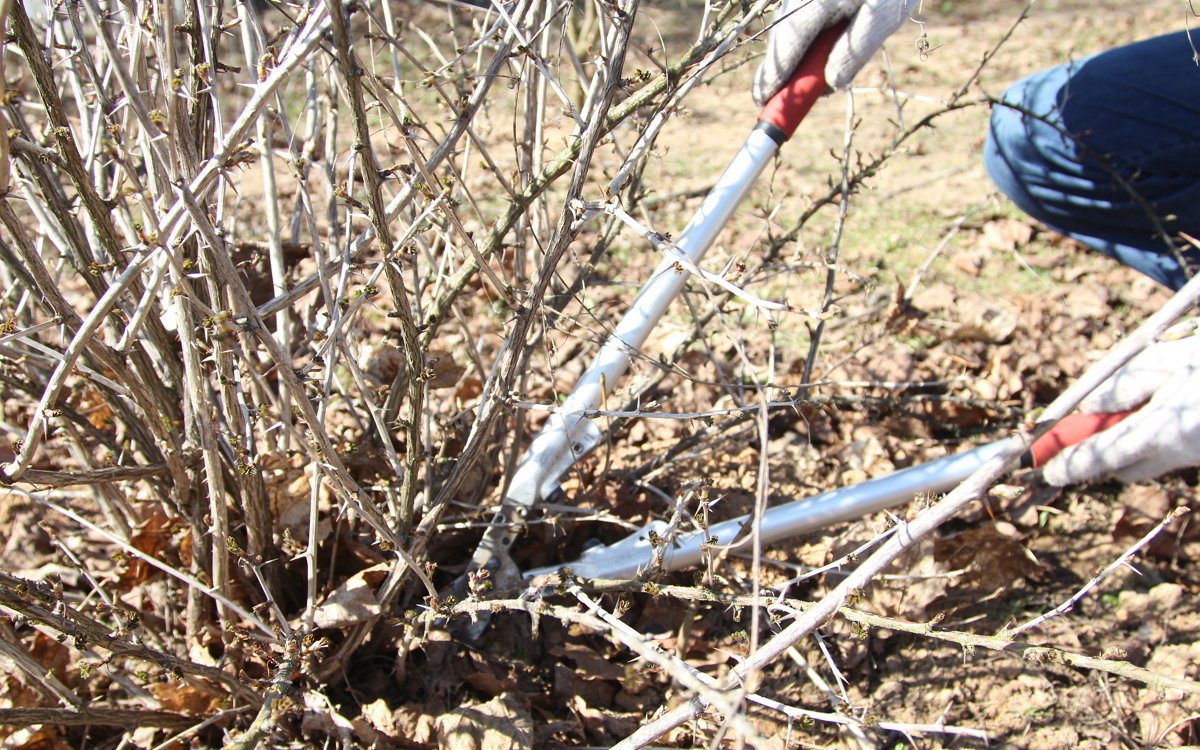
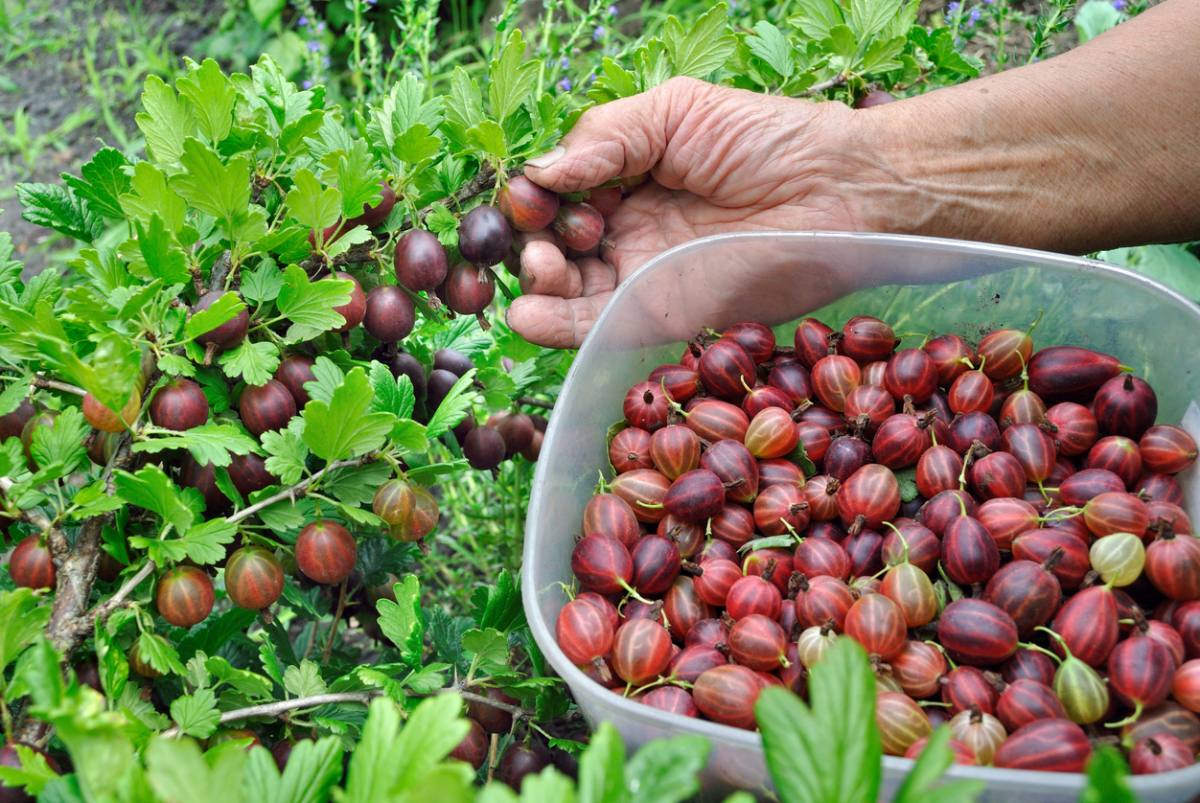
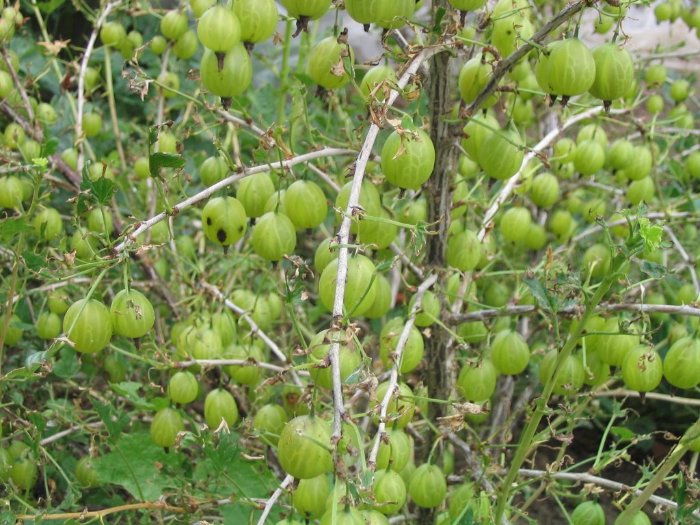 What if gooseberries have eaten all the leaves? Simple tools come to the rescue
What if gooseberries have eaten all the leaves? Simple tools come to the rescue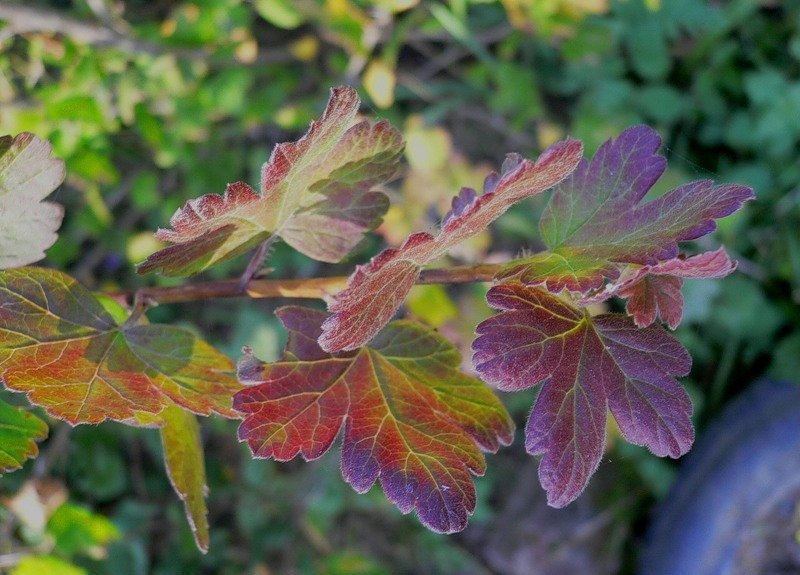 What does the red border on gooseberry leaves mean and what needs to be done
What does the red border on gooseberry leaves mean and what needs to be done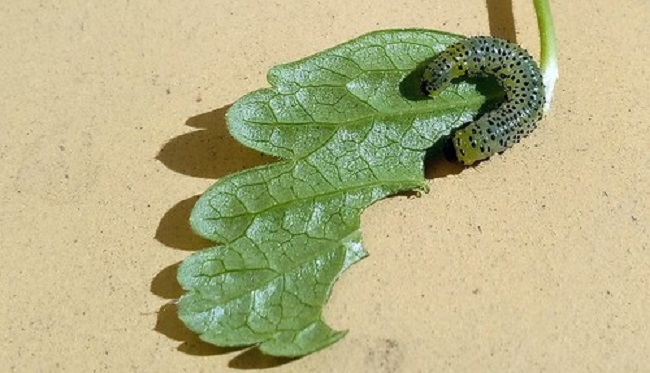 To save gooseberries from the invasion of caterpillars will help vinegar, mustard and ammonia
To save gooseberries from the invasion of caterpillars will help vinegar, mustard and ammonia